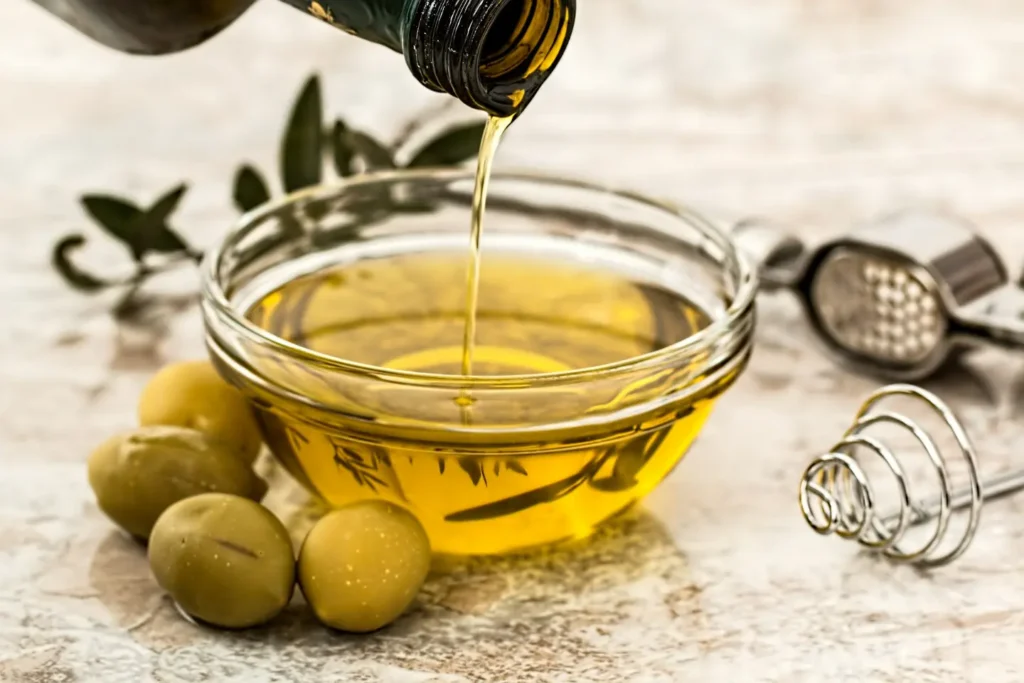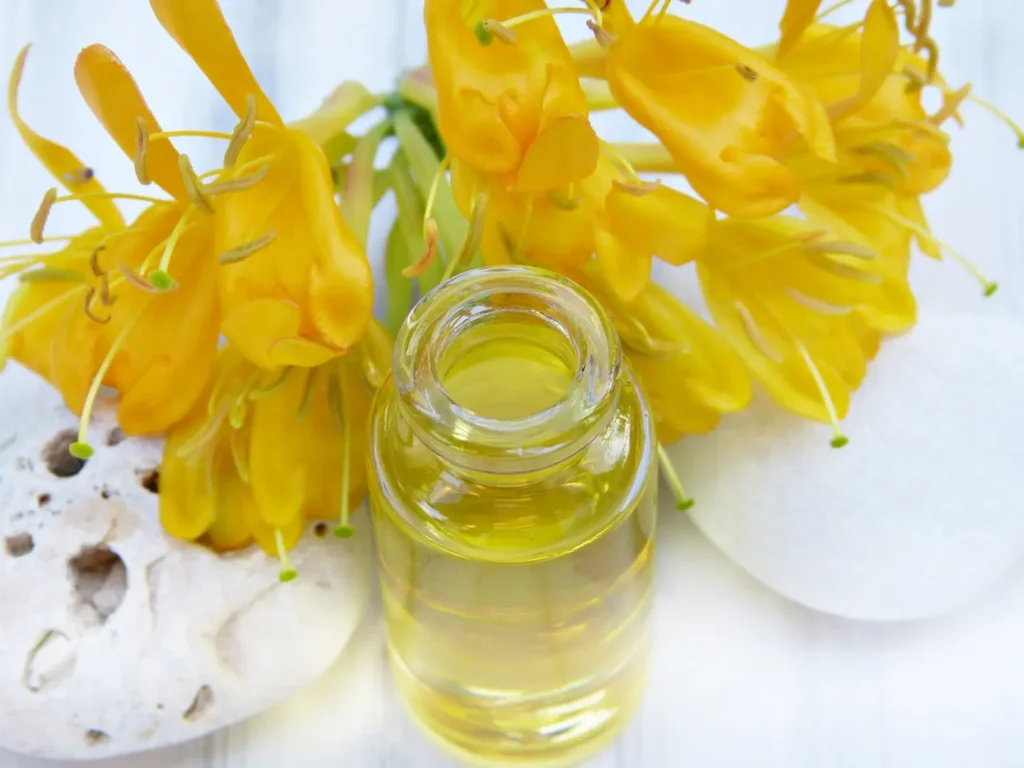Here is the complete guide to hair oiling . We will talk about the benefits, the best oils for your hair type, and the professional techniques that will make your hair feel softer, stronger, and glossier than ever. This guide will give you all the tips and information you need to improve your hair care routine, no matter how long you’ve been oiling your hair or how new you are to it. Are you ready to shine with hair that is healthier and looks better? Allow us to begin!
Mastering the Art of Hair Oiling: Benefits and Techniques
With roots dating back millennia, hair oiling is a long-standing formula firmly ingrained in many different cultures. From the natural beauty practices of the Aegean to the ancient Ayurvedic techniques in India, hair oiling has remained a key component of keeping vibrant, healthy hair. Beyond convention, nonetheless, hair oiling provides many scientifically supported advantages for the contemporary hair care regimen. This article will go over the benefits of hair oil and the best hair oiling techniques to improve your hair care routine.
Takeaway
Ayurvedic medical traditions offer therapy for healthy hair called hair oiling.
Frequent Oiling can help to avoid damage to hair from chemicals and pollutants in shampoo. It can also boost lustre, hydration, and shine and stop hair loss.
Garodia stresses the idea of knowing the demands of your hair and selecting your Oil based on that. Oiling once an evening yields the best results.
A Brief History of Hair Oiling
For ages, people have been hair oiling. It is a basic component of the Ayurvedic system in India, where oils such as coconut and sesame are applied not just for general well-being but also for hair nutrition. Mediterranean ladies have long used olive oil to keep their glossy hair as well. Thanks to its proven effectiveness, hair oiling has transcended cultural barriers today and become a worldwide beauty must-have.
Benefits of Hair Oiling
Moisturizing Dry Hair and Scalp: Particularly those high in fatty acids, hair oils can thoroughly hydrate the scalp and hair itself. A very famous trichologist from India, Dr Rachita Gupta, says, “Oils like coconut and olive penetrate the hair shaft, providing long-lasting hydration for both the scalp and hair strands.”
Promoting Hair Growth: Oil-based scalp massages improve blood flow, therefore fostering hair growth. Rosemary oil is good for promoting hair development since it stimulates hair follicles, according to a study that was written in the Journal of Cosmetic Science.
Reducing Frizz and Improving Hair Texture: Oils smooth out the root of the hair to control frizz. Particularly loaded with vitamin E, argan oil is perfect for smoothing tough or damaged hair.
Preventing Dandruff and Scalp Irritation: Anti-fungal qualities of oils such as peppermint and tea tree allow them to cure scalp problems, including inflammation and dandruff. Frequent Oiling can help preserve a balanced scalp environment.
Protecting Hair from Environmental Damage: As a barrier against pollution, UV radiation, and strong weather, hair oil is Often referred to as “liquid gold,” argan oil has antioxidants to guard the hair from damage caused by oxidation.
Enhancing Overall Hair Health and Appearance: Regular oiling increases elasticity and strength, therefore promoting shinier, better-looking hair. Reviewed by Bukky Aremu, APRN. Healthline Article on Hair Oiling, Shirin Mehrotra, Mastering the Art of Hair Oiling, claims, “Hair oiling prevents breakage, strengthens the strands, and enhances the hair’s natural lustre.”
Types of Hair Oils
Selecting the correct Oil for your hair type will make all the difference. These are some often-used choices:
Coconut Oil: Perfect for scalp treatments and thorough conditioning.
Argan Oil: High vitamin E concentration makes it best for dry, fragile hair.
Jojoba Oil: Perfect for controlling sebum production on oily scalps.
Castor Oil: Renowned for encouraging thickening and hair growth.
Almond Oil: Rich in magnesium, it works well to slow down hair fall.
Olive Oil: Perfect for dry scalp disorders and dandruff treatment.
Essential Oils (e.g., lavender, rosemary): Strong supplements that boost carrier Oil’s advantages.
Choosing the Right Oil for Your Hair Type
Dry and Damaged Hair: To restore moisture and heal damage, choose strongly encouraging oils like castor or coconut oil.
Oily Scalp: Mirroring the natural oils of the scalp, jojoba oil can help control sebum generation.
Fine Hair: Lightweight oils such as almond or argan work best without dragging the hair down.
Thick, Coarse Hair: The moisture required for coarse hair textures might come from heavier oils such as olive and castor.
Hair Oiling Techniques
Pre-Shampoo Treatment: Before shampooing, Oil helps guard hair against strong detergents. Leave the Oil on for thirty minutes to an hour before gently shampooing it out.
Hot Oil Treatment: Warm Oil penetrates the hair shaft better, making this method particularly effective for dry or damaged hair. Simply warm the Oil and apply it to the scalp and hair. Wrap your head in a warm towel to enhance absorption.
Overnight Oiling: Apply Oil overnight for a deeper treatment; cover your hair with a shower cap or silk scarf to stop oil transfer to your pillow. “Leaving the oil in overnight helps strengthen the hair shaft and provides deep conditioning benefits,” Dr. Garodia counsels.
Scalp Massage with Oil: Oil massages on the scalp help to lower stress and encourage hair development. Spend five to ten minutes softly massaging in circles with your fingertips. Research indicates that scalp massages increase blood flow to hair follicles, so with time, their density increases.
Oil as a Styling Product: Daily styling might benefit from a little oil to help to lower frizz and provide gloss. For improved absorption, apply to moist hair; for speedy frizz control, apply to dry hair.
To keep the scalp healthy and avoid dryness, Dr. Varalakshmi Yanamandra advises “oiling the hair at least twice weekly. Even a short oiling session one hour before your bath will help if you are pressed for time and cannot afford overnight treatments.”
Step-by-Step Guide to Hair Oiling
Preparation: Start with neat, dry or somewhat moist hair.
Sectioning Hair: To guarantee equal oil distribution, split hair into reasonable pieces.
Application: Start from the scalp and work your way down to the tips using a few drops of Oil for every part.
Massage: For maximum absorption, gently massage the Oil into your scalp.
Wrapping: For the best oil absorption, wrap your hair in a warm towel.
Duration: For a more intense treatment, leave the Oil in for at least half an hour or overnight.
Frequency of Hair Oiling
Dry hair: Weekly 2-3 times is better for Oiling.
Oily hair: Once a week is enough.
Fine hair: Simple Oiling just once a week is enough to ensure moisture in the hair.
Common Mistakes to Avoid
Over-Oiling Fine Hair: Too much Oil will weigh down fine hair and cause it to look greasy.
Using the Wrong Oil: Selecting the incorrect Oil for your hair type may cause unexpected dryness or greasiness.
Not Washing Out Oil Properly: To stop buildup, make sure you completely rinse the Oil.
Applying Oil to a Dirty Scalp: On a clean scalp, Oil performs best; applying it to filthy hair can trap particles and dirt.
Combining Hair Oiling with Other Treatments
Combining hair oil with other treatments, such as hair masks, increases their effects. Add a few drops of lavender or rosemary, among other essential oils, to your usual oil combination for extra nutrition.
Scientific Perspective: How Oils Penetrate the Hair Shaft
Recent studies verify that some oils, including coconut oil, can pass through the hair shaft because of their molecular composition. These oils fill the cuticles of the hair, therefore lowering protein loss and enhancing the internal strength of the hair. “Not all oils penetrate the hair; coconut and olive oil are special in their capacity to nourish the hair from within,” explains Dr Anabel Kingsley.
Expert Tips from Trichologists and Hairstylists
Dr Michele Green, Dermatologist: “Oiling is not a universally applicable fix. Know the demands of your hair and choose oils accordingly. “
Hairstylist Jessica Waters: “With regard to fine hair, less is more. Without weighing the hair down, a few drops of Oil do a lot toward adding gloss.”
Before and After Care
Before Oiling: For the best oil absorption, make sure your scalp is clean.
Post-Oiling: To cut extra Oil without depriving the hair of its natural moisture, use a sulfate-free shampoo.
Conclusion
Getting healthy, gorgeous hair is simple and quick if one master the art of hair oiling. The correct Oil and method will change your hair care regimen, whether your goals are to increase hydration, promote growth, or guard against damage. Understanding your hair type and using these professionally recommended hair oiling techniques can help you to fully enjoy hair oil and get salon-worthy results right at home.


